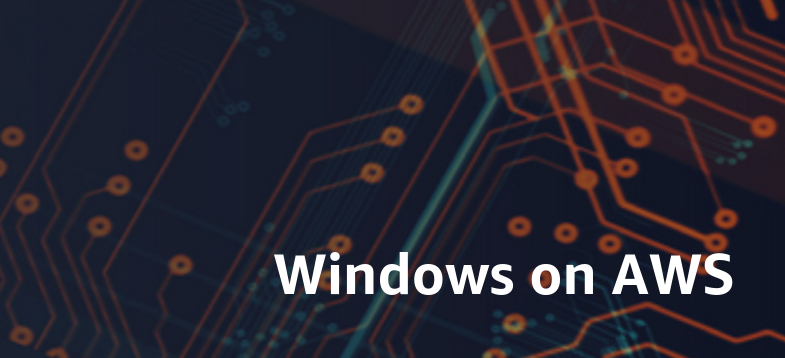Open Web 3.0 is the next generation of the open web, powered by decentralized technologies. It’s a vision for a more inclusive, equitable, and resilient internet where users are in control of their data and their destiny.
The open web has always been about empowering people and giving them the freedom to connect and share information without interference from central authorities. But as the internet has become more commercialized and controlled by a few large corporations, that original vision has been lost in many ways.
Decentralized technologies like blockchain and peer-to-peer networking offer a new way of building the open web that returns power to the people. With Open Web 3.0, there’s no need for big tech companies to control our data or dictate our destiny. We can create a better internet together, one that works for everyone.
To unlock the potential of Open Web 3.0, some of the below challenges are to be addressed.
Open Web 3.0 has the potential to revolutionize the way we interact with the internet and web-based applications. However, there are a number of challenges and limitations that need to be considered before this technology can be fully realized.
One of the challenges faced by Open Web 3.0 is compatibility with existing web standards and technologies. For example, many popular browsers do not yet support some of the key features of Open Web 3.0 such as decentralized storage and distributed computation. This means that developers need to create separate versions of their applications for different platforms, which can be time-consuming and expensive.
Another challenge is ensuring that users have control over their data and privacy. Open Web 3.0 applications are designed to offer people, power over their personal data. This means that there is a greater risk of data leaks and breaches. Users will need to be aware of these risks and take steps to protect themselves, such as using strong passwords and encrypting their data.
Open Web 3.0 is still in its incubation stages of development and there is a lot of work required to reach its full potential. developer tools and infrastructure need to be created, standards need to be finalized, and user adoption needs to increase before Open Web 3.0 can truly become mainstream.
The decentralized nature of the open web means that there is no one central authority that can be held accountable for ensuring the quality and accuracy of information. This can make it difficult to ensure that information is trustworthy and reliable.
The open web is still in its early stages of development and therefore lacks many of the features and functions that are taken for granted on the centralized web, such as search engine optimization and social media integration. This can make it challenging for users to find the content they are looking for and encourage them to return to the open web on a regular basis.
One of the key advantages of the open web is its ability to create a level playing field for all users, regardless of their location or economic status. However, this also means that there is a risk that established players with deep pockets will try to buy up or control key parts of the infrastructure, which could limit competition and stifle innovation.
The open web’s reliance on blockchain technology means that it is currently very slow compared to traditional centralized systems. This makes it impractical for many applications where speed is critical, such as real-time financial trading or video streaming.
Conclusion
Open Web 3.0 is an exciting new topology, with significant potential to innovate in the world of web development. It presents a series of challenges and opportunities that can both be leveraged to great effect if approached properly. Though at this early stage, it still has some issues that need to be looked into, Open Web 3.0 looks to be set up to revolutionize how applications interact on the internet and build better experiences for users all over the world. With continued developments happening around these technologies, we are sure to see significant progress.











